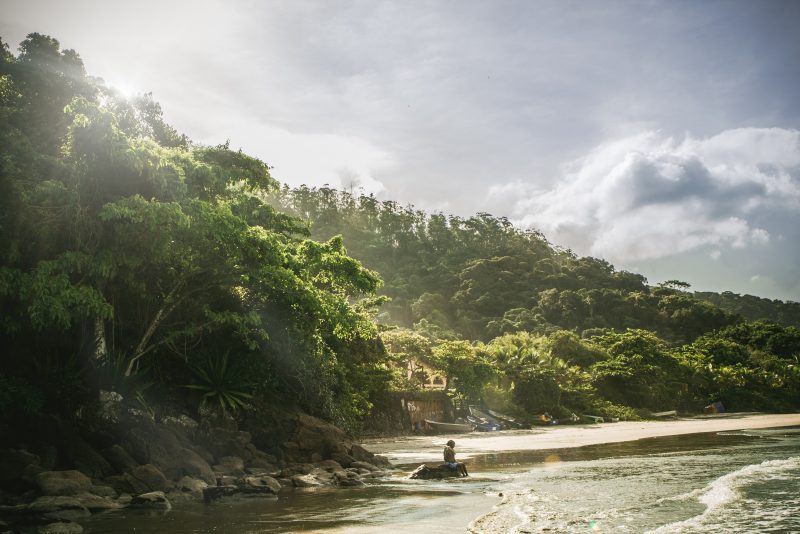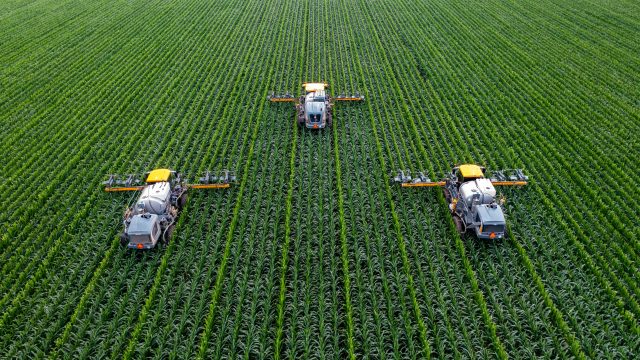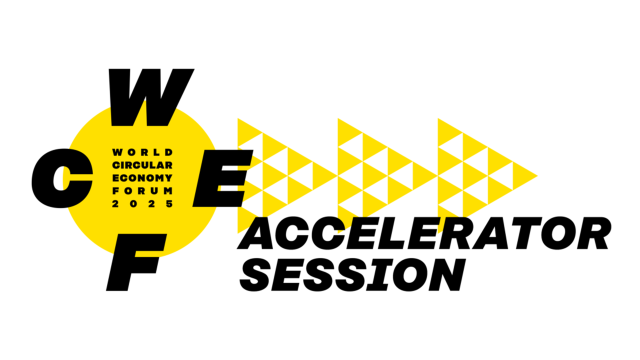Water & wellbeing in the Peruvian Amazon
Lifeline to millions, the Amazon is a challenging river to navigate. But a new infrastructure project has encountered indigenous opposition.

In Peru, an ambitious project to improve river transport and infrastructure between the Huallaga, Marañon, Ucayali and Amazon rivers has sparked a fierce debate, pitting state institutions, local governments, conservation and indigenous organizations against each other. Leslie Forsyth, director of our Peruvian partners FNI, explores what sparked this controversy, and asks - is this project really as beneficial as advertised?
The Amazon river system is vast, complex, and challenging to navigate. Its 14,000 kilometres cross numerous international borders and are constantly in flux. It’s also an economic heartline for the millions of people who live near the river, providing transport, communications and commercial opportunities.
But using the Amazon river – and its hundreds of tributaries – for transport is not easy. During the dry season, silt and sand can block up key passages, and while during the rainy wet season, floods and deluges can erode banks and drag swathes of forest into the water, creating blockades of vegetation. Navigation is challenging all year round, and both passengers and crew travel at their own risk.
The river transport sector is also dominated by informal enterprises, with many boats operating without licenses and ignoring safety laws on passengers, boat maintenance and proper navigation. A new project from the Peruvian government seeks to remedy these difficulties, but not everyone is happy with the proposals.
Waterway to go
The Amazon waterway infrastructure project aims to maintain and improve the Amazon system for transport, through dredging, vegetation clearance, and repair and improvement works in ports and tributaries. In addition, the project seeks to navigation information for operators, such as water levels based on digital technologies and GPS.
The Amazon waterway is part of the Regional Integration of Infrastructure in South America Initiative (IIRSA for its Spanish initials) which seeks to extend and improve South American Infrastructure in terms of energy, communications and transport. It covers a market of more than 119 million people across 12 countries, and to date has seen some 88 projects with over $29 million dollars invested between Peru, Ecuador, Colombia and Brazil.
But the planned improvements to the Amazon in Peru covers some sensitive areas. The Peruvian Ministry of Transport and Communications has stated that 424 native communities live in the area of influence of the project, a total of 60000 people from the Achuar, Shipibo Conibo, Awajun and Bora communities. In the same way, several Natural Protected Areas of untouched, old-growth rainforest are adjacent to the future working areas. Both are vulnerable, and could be negatively affected by construction and engineering activities that could compromise the environment and the ecosystems.
Indigenous excluded, environment ignored
According to the NGO Law, Environment and Natural Resources (DAR, for its name in Spanish), food security and safe transport are the main uncertainties of indigenous people. Dredging could have a negative impact on some river species, as well as on the behaviour of the river itself. In the same way, waves caused by big vessels can impact the flow of some species as well as small boats (which belong to local people) and water access could also be compromised by the proposed changes.
“ The government’s participation plan only included 81 native communities, less than a quarter of those who will be affected”
In the same way, environmental challenges and worries arise due to possible impacts of the waterway, in the river flow and in the reproduction and migration patterns of species. DAR points out that even trunks are beneficial for animals as it is used for shelter or food.
Another important factor that worries indigenous peoples has been their exclusion from the participation and consultation process. The government’s participation plan only included 81 native communities, less than a quarter of those who will be affected. This has caused discontent among local people and reinforced the perception of being ignored. While it is expected for a Committee for Environmental Vigilance to be established and the Ministry of Transport and Communications has performed personnel training, a full and comprehensive plan that states how indigenous groups and the environment will be protected is yet to emerge.
Conclusion
From an expert’s point of view, it is necessary to evaluate the contract in order to complement all the mitigation strategies identified during the consultation process with local people, environmental and local authorities. DAR argues that the project’s financing is based on the project itself and not in the use people will give it, and suggests that the potential benefits have been overestimated while the costs have been downplayed.
The project proposal has been around for over a decade, but was only declared viable in 2012. Nonetheless, the indigenous organization ACODECOSPAT introduced a protective action in 2013 with the purpose of guaranteeing the Consultation Process, which was accepted. Nonetheless in March of this year, the Peruvian National Service for Environmental Certification rejected the project’s initial environmental impact assessment due to the infringement of indigenous citizen's participation process.
At present, this campaign of questioning of the waterway from different groups has forced the government to review the project as well as the process by which it was designed. The final result is yet to be determined – but the debate is not over yet.
- Leslie Forsyth, FNI


